Krakow's churches no.34 – Church of the Protection of St. Joseph in Krakow
[ENG]
My first contact with Krakow came when I came here to study. I lived on Łobzowska Street at the time, literally across the street from the Church of the Protection of St. Joseph and the adjacent Discalced Carmelite Convent. The church and convent were built in the early 20th century, when, as a result of the Prussian Kulturkampf policy in the 1870s, the Discalced Carmelite nuns from Poznań were forced to abandon their convent. In November 1874, they found refuge in Krakow with the Discalced Carmelites on Kopernika Street. By August 1875, they had moved to a villa at 40 Łobzowska Street, purchased by the Grocholski brothers – Tadeusz and Stanisław – who supported the construction of a small chapel in the convent garden.
Later, Princess Maria Ksawera Czartoryska became involved in the development of this foundation and initiated the expansion process. In the early years of the 20th century, the decision was made to build a new, stately monastery and church. The cornerstone for the church was blessed in June 1903 by Cardinal Jan Puzyna, and construction was completed in 1905. On July 13th, the church and monastery were consecrated by Bishop Anatol Nowak and placed under the care of St. Joseph. The complex was built in a modernized eclectic style, incorporating elements from both Romanesque and Gothic styles. The complex comprises a roughly square courtyard surrounded by cloisters, with a church in the shape of a Latin cross located in one of its arms. The church's façade faces Łobzowska Street, and the nuns' residential buildings are located on either side.
The interior is a single-nave space with a wide transept. The nave and central bay have a square, vaulted plan – the central bay is "sail-vaulted," the other bays are cross-ribbed. The refinement of the structure is evident – a brick vault and arcades in dark red against a smooth white plaster. Stone corbels – inspired by the "Zakopane" style – support the vaulted ceilings, and ornately carved crosses in decorative settings appear on the facades and transeptons. The interior is maintained in neo-Gothic tones – the altars, pulpit, pillars, and architectural details are adorned with subtle ornamentation. Interestingly, the lunettes in the vaults feature a series of paintings illustrating the miracles of the Scapular – by Kazimierz Mołodziński, a student of Michał Stachowicz.
During World War I, the convent served as a military hospital, but the sisters were allowed to remain in a limited area. The military took over the building until February 1921, leaving it in very poor condition. It turned out that the newly built church needed renovation after only a dozen years. During World War II, on September 3, 1939, the monastery was bombed by the Germans – 20 bombs fell on the monastery grounds, and only miraculously did no one die. After the German occupation of Krakow, the sisters managed to avoid the building being converted into a military hospital for some time. Only in December 1943 did the Germans take it over, forcing the sisters to move out. They returned after Krakow's liberation in February 1945. The communist era was a difficult period for the monastery, as the communist authorities demolished part of the fence and took over part of the garden to build apartment blocks, compromising the integrity of the monastery's former heritage.
Although the Church of the Protection of St. Joseph is not as spectacular as some of Krakow's Baroque churches, it nevertheless impresses with its subtle harmony of forms and masterful blend of styles. Its modernist eclecticism and rich symbolism introduce an atmosphere of almost minimalist sacrum, and the presence of the Carmelite nuns makes this place unique – sanctified by silence, prayer and deep faith.Address:
ul. Łobzowska 40
31-140 Kraków
Website:
https://karmelitankikrakow.pl/
Masses on Sundays and celebrations:
8:00, 9:30
[PL]
Mój pierwszy kontakt z Krakowem, wiązał się z przyjazdem tutaj na studia. Zamieszkałem wówczas na ulicy Łobzowskiej i dosłownie po drugiej stronie ulicy sąsiadowałem wówczas z kościołem Opieki św. Józefa i sąsiadującym obok klasztorem Karmelitanek Bosych. Kościół i klasztor został wzniesiony na początku XX wieku kiedy to w wyniku pruskiej polityki kulturkampfu w latach 70. XIX wieku siostry karmelitanki bose z Poznania zostały zmuszone do opuszczenia swego klasztoru. W listopadzie 1874 znalazły schronienie w Krakowie u karmelitanek bosych przy ul. Kopernika. Już w sierpniu 1875 przeniosły się do willi przy ul. Łobzowskiej 40, zakupionej przez brać Grocholskich – Tadeusza i Stanisława – którzy wsparli budowę małej kaplicy w ogrodzie klasztoru.
Później Księżna Maria Ksawera Czartoryska zaangażowała się w rozwój tej fundacji, zapoczątkowała proces rozbudowy. W pierwszych latach XX wieku podjęto decyzję o budowie nowego, reprezentacyjnego klasztoru wraz z kościołem. Kamień węgielny pod budowę świątyni poświęcił w czerwcu 1903 kard. Jan Puzyna, a prace budowlane zakończono w 1905. 13 lipca kościół i klasztor zostały konsekrowane przez bp. Anatola Nowaka i oddane pod opiekę św. Józefa. Zespół powstał w stylu modernizowanego eklektyzmu, czerpiąc elementy zarówno romańskie, jak i gotyckie. Kompleks tworzy zbliżony do kwadratu dziedziniec otoczony krużgankami, a w jednym z jego ramion ulokowano kościół na planie krzyża łacińskiego. Elewacja świątyni zwrócona jest w stronę ul. Łobzowskiej, a po obu bokach znajdują się budynki mieszkalne zakonnic.
Wnętrze to jednonawowa przestrzeń z szerokim transeptem. Nawa i przęsło centralne mają plan kwadratu, sklepione – przęsło centralne jest „żaglaste”, pozostałe – krzyżowo-żebrowe. Widoczna jest finezja konstrukcji – ceglane sklepienie i arkady w kolorze ciemnoczerwonym na tle gładkiego białego tynku . Kamienne kroksztyny – inspirowane stylem „zakopiańskim” – podpierają iżby sklepienne, a na fasadach i transeptonach pojawiają się bogato rzeźbione krzyże w dekoracyjnej oprawie. Wystrój wnętrza utrzymano w tonacji neogotyckiej – ołtarze, ambonę, filary, detale architektoniczne zdobią subtelne ornamenty. Co ciekawe, w lunetach sklepiennych rozmieszczono cykl obrazów ilustrujących cuda Szkaplerza – autorstwa Kazimierza Mołodzińskiego, ucznia Michała Stachowicza
Podczas I wojny światowej klasztor pełnił funkcję szpitala wojskowego, jednak siostrom pozwolono pozostać w ograniczonej części. Obiekt przejęło wojsko aż do lutego 1921 r., pozostawiając go w bardzo złym stanie i wyszło na to, że świeżo wybudowany kościół już po kilkunastu latach musiał przejść renowacje. Natomiast podczas II wojny światowej 3 września 1939 klasztor został zbombardowany przez Niemców – 20 bomb spadło na teren klasztoru i tylko cudem nikt nie zginął. Po zajęciu Krakowa przez Niemców siostry przez pewien czas uniknęły przekształcenia obiektu w szpital wojskowy. Dopiero w grudniu 1943 przejęły go Niemcy, zmuszając siostry do wyprowadzki. Wróciły po wyzwoleniu Krakowa, w lutym 1945 r. Czasy komunizmu to był trudny okres dla klasztoru ponieważ władze komunistyczne wyburzyły część ogrodzenia i odebrały część ogrodu, po to by postawić na nim bloki mieszkalne, naruszając integralność dawnego klasztornego dziedzictwa.
Choć kościół Opieki św. Józefa nie jest tak spektakularny jak niektóre barokowe świątynie Krakowa, to mimo to zachwyca on subtelną harmonią form i mistrzowskim połączeniem stylów. Jego modernistyczny eklektyzm i bogata symbolika wprowadza w klimat niemal sacrum minimalistycznego, a obecność karmelitanek czyni to miejsce wyjątkowym – uświęconym milczeniem, modlitwą i głęboką wiarą.
Adres:
ul. Łobzowska 40
31-140 Kraków
Strona internetowa parafii:
https://karmelitankikrakow.pl/
Msze Święte w niedziele i święta
8:00, 9:30


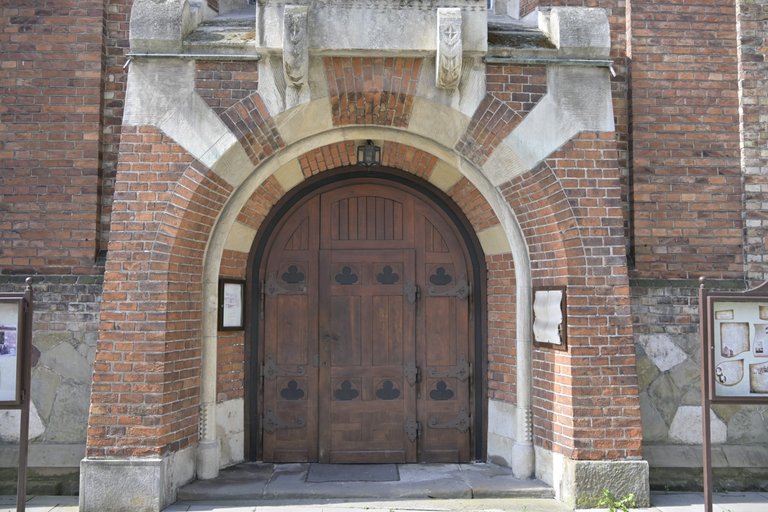

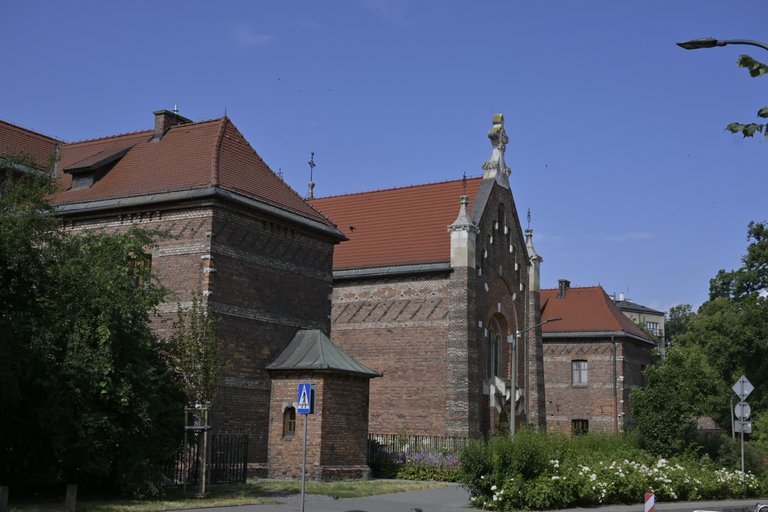







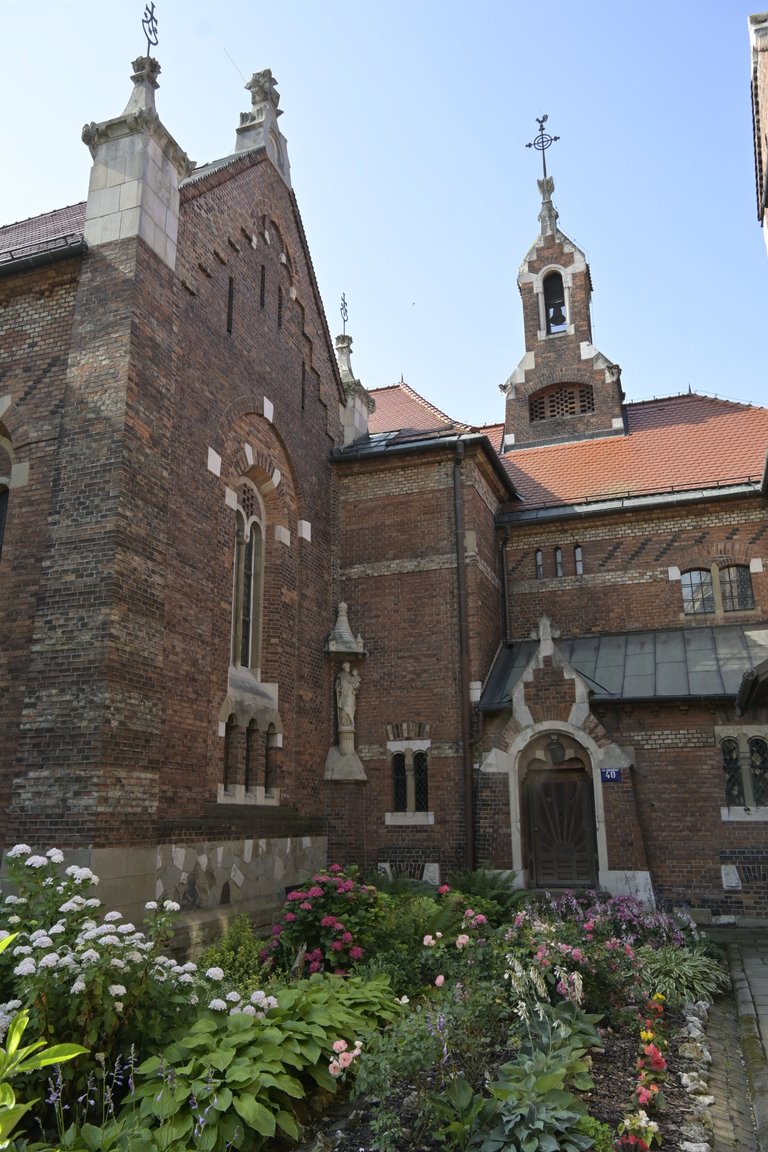
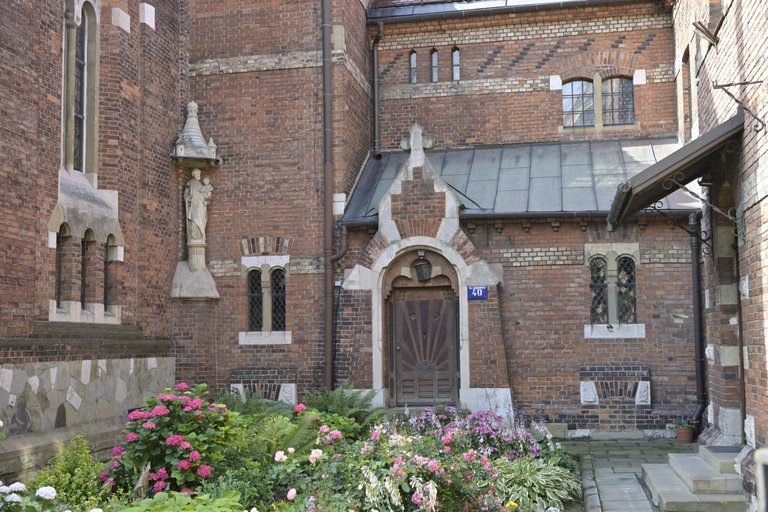
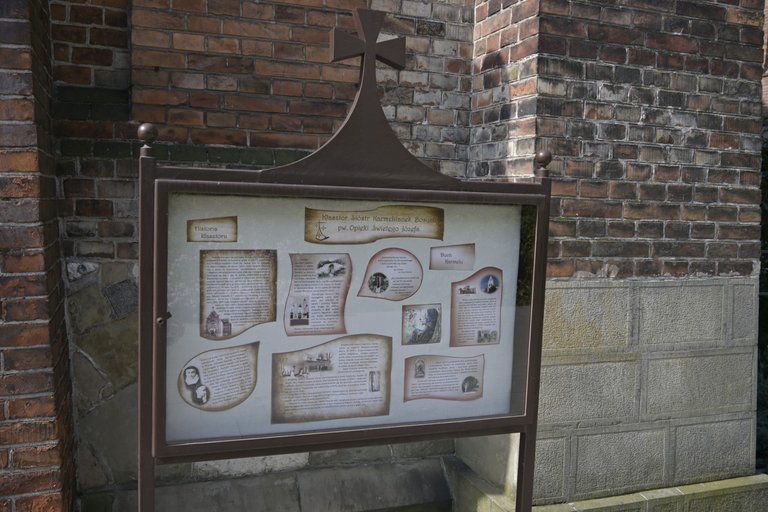

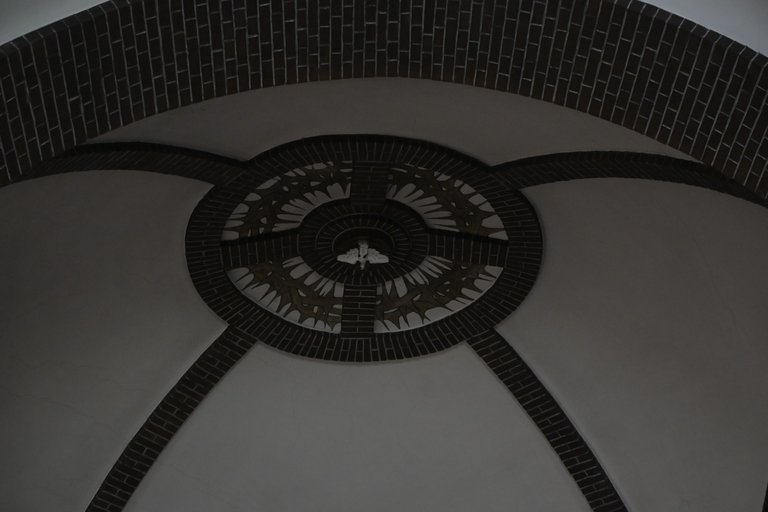


You can check out this post and your own profile on the map. Be part of the Worldmappin Community and join our Discord Channel to get in touch with other travelers, ask questions or just be updated on our latest features.
Congratulations, your post has been added to the TravelFeed Map! 🎉🥳🌴
Did you know you have your own profile map?
And every post has their own map too!
Want to have your post on the map too?
- Go to TravelFeed Map
- Click the create pin button
- Drag the marker to where your post should be. Zoom in if needed or use the search bar (top right).
- Copy and paste the generated code in your post (any Hive frontend)
- Or login with Hive Keychain or Hivesigner and click "create post" to post to Hive directly from TravelFeed
- Congrats, your post is now on the map!
PS: You can import your previous Pinmapple posts to the TravelFeed map.Opt Out
Amazing story of the church that it was used as military hospital during world war.I cant imagine that it still exist after a long long years and glad that they made some renovations to preserve this historical church.
Hiya, @ybanezkim26 here, just swinging by to let you know that this post made it into our Honorable Mentions in Travel Digest #2644.
Your post has been manually curated by the @worldmappin team. If you like what we're doing, please drop by to check out all the rest of today's great posts and consider supporting other authors like yourself and us so we can keep the project going!
Become part of our travel community:
Congratulations @olusiu! You received the biggest smile and some love from TravelFeed! Keep up the amazing blog. 😍 Your post was also chosen as top pick of the day and is now featured on the TravelFeed front page.
Thanks for using TravelFeed!
@for91days (TravelFeed team)
PS: You can now read your favourite travel blogs on your phone. Plus, blogging on-the-go just got easier! Download our app on the Apple App Store or get it on Google Play.
Wow
So this church has been existing for so long. It’s indeed a good church because it saved lives during the World War1
@tipu curate 4
Upvoted 👌 (Mana: 9/49) Liquid rewards.
https://x.com/TravelfeedP/status/1954545139726127394
Hello olusiu!
It's nice to let you know that your article won 🥈 place.
Your post is among the best articles voted 7 days ago by the @hive-lu | King Lucoin Curator by polish.hive
You and your curator receive 0.0075 Lu (Lucoin) investment token and a 7.39% share of the reward from Daily Report 748. Additionally, you can also receive a unique LUSILVER token for taking 2nd place. All you need to do is reblog this report of the day with your winnings.
Buy Lu on the Hive-Engine exchange | World of Lu created by @szejq
STOPor to resume write a wordSTART